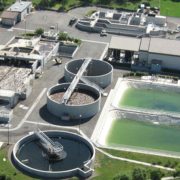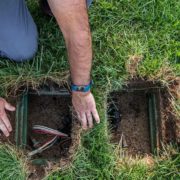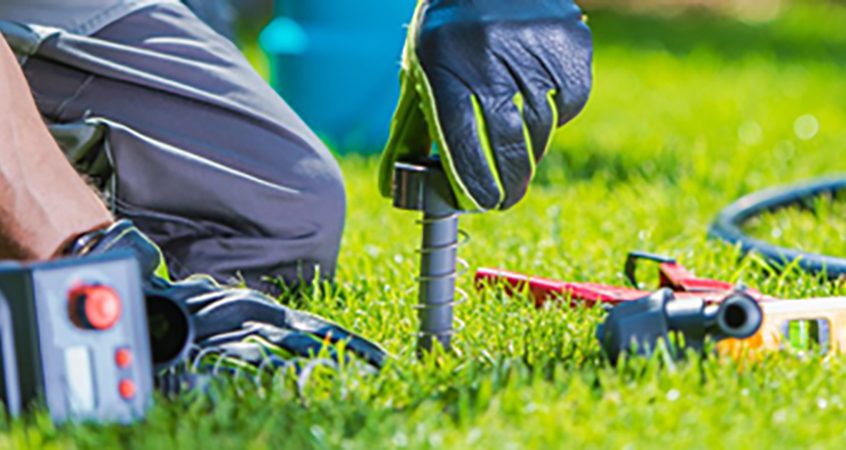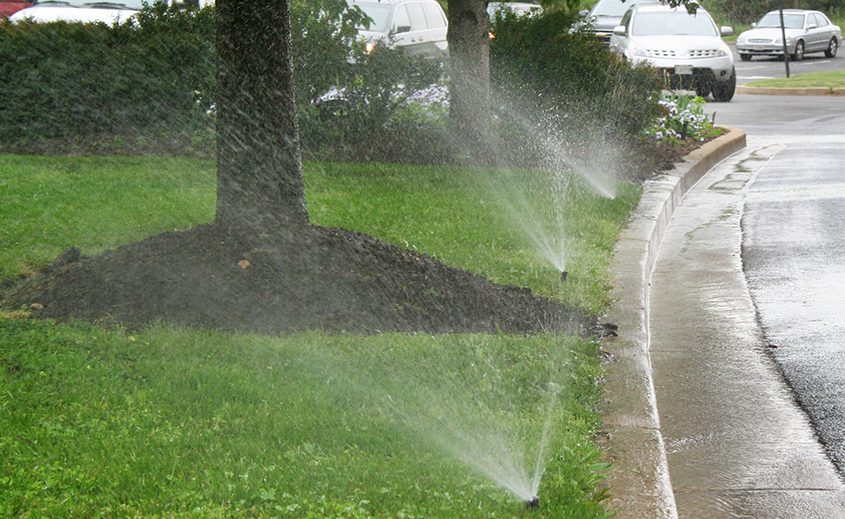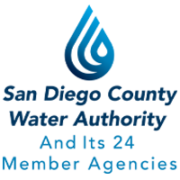OMWD Continues to Convert More Customer Meters to Recycled Water
The Olivenhain Municipal Water District continues to reduce demand for imported drinking water by converting additional customer meters within The Lakes Above Rancho Santa Fe community to recycled water for irrigation.
The Lakes is a community in Rancho Santa Fe that will include 387 homes, large outdoor natural spaces, and several lakes, when fully developed.
New water meters
This phase included the installation of four new water meters that will measure an anticipated savings of over nine million gallons of imported drinking water each year. As the entire state continues to face water supply challenges, converting customers to recycled water for irrigation strengthens the local water supply portfolio, reduces treated wastewater flows to the ocean, and reduces the region’s overall demand for imported water.
Reducing reliance on imported water
“OMWD has been proactive about converting customers to recycled water for irrigation for decades,” said OMWD board director Marco San Antonio. “Every customer converted supports the goal of reducing our reliance on imported water, and this conversion is yet another step towards fulfilling that goal.”
OMWD has successfully converted four additional meters within The Lakes community to recycled water for irrigation. By converting the meters to recycled water, OMWD will save over nine million gallons of imported drinking water each year. https://t.co/Jb2nPi3j0F pic.twitter.com/WG1PGKUXpn
— Olivenhain MWD (@OMWD) May 1, 2023
4S Ranch Water Reclamation Facility
OMWD produces up to two million gallons of recycled water everyday at its 4S Ranch Water Reclamation Facility. Additionally, OMWD is the lead agency of the North San Diego Water Reuse Coalition, a group of nine North County agencies that coordinate across jurisdictional boundaries to share resources and expand the reach of the recycled water distribution system. As a result of their proactive approach, OMWD now serves up to 15 percent of its overall demand from recycled water and continues to identify additional ways to make recycled water available to eligible customers.
(Editor’s Note: Olivenhain Municipal Water District is a public agency providing water, wastewater services, recycled water, hydroelectricity, and operation of Elfin Forest Recreational Reserve. Organized in 1959, OMWD currently serves approximately 87,000 customers over 48 square miles in northern San Diego County, and is one of the San Diego County Water Authority’s 24 member agencies).

